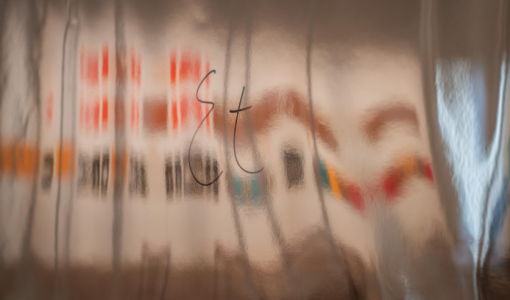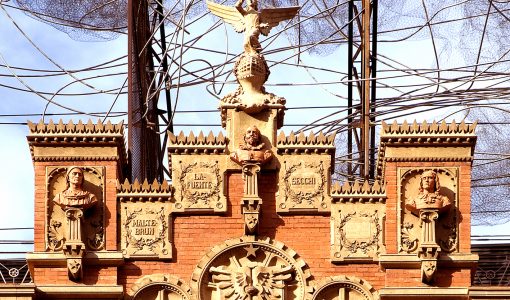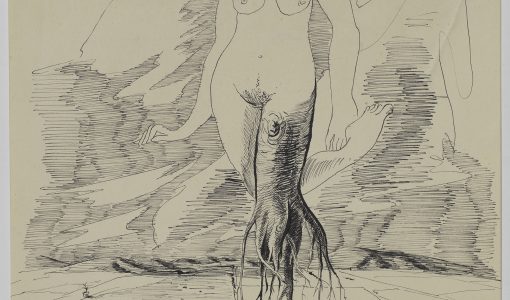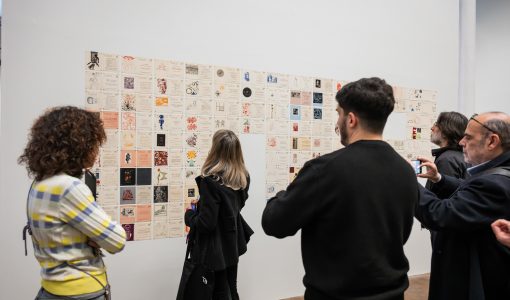André du Colombier. A Lyrical Point of View
17.09.2025 – 22.02.2026
Dates
17.09.2025 – 22.02.2026
Curator
Adam Szymczyk
Opening
17 September, 2025, at 7 p.m. Free admission to the Opening. No reservation required.
Leaflet
With texts by Adam Szymczyk, Jean-François Chevrier, Eduard Escoffet and André Paliard du Colombier.
Supplementary material
Link to the original text in French by Jean-François Chevrier.
Link to the transcription of three recordings on François Guinochet’s telephone
Press & Media
Price
General entrance: 12.00 €
Certified students and people over 65: 8 €
More informationBecome a Friend

André Paliard Iscu was born in 1952 in Barcelona. In the early 1970s, he studied literature and philosophy in Paris. He chose to change his name to du Colombier (of the dovecote), decided to become an artist and held his first individual exhibition, entitled Modestie, Compétence et Efficacité (Modesty, Competence and Efficiency) at the Galerie Eric Fabre in Paris in 1977. He died in Paris in 2003.
His earliest surviving work is a vertical silver line on a black rectangle. What looks like a trace of pencil lead, left when sharpening a writer’s tool – an anti-drawing against the grain -, is in fact not even a drawing, but a mark impressed by the edge of a door rubbing against the grainy surface of sandpaper. Other early works are sequences of black-and-white photographs documenting dynamic actions with household utensils, or, by contrast, static and exposed objects, defamiliarised under clinical white light.
Over time, the artist’s medium of choice became standard-sized sheets of reflective Chromolux paper in various colours, used as a support for handwritten or Letraset texts: odd words, equivocal phrases and cryptic, coded sentences. Another genre in du Colombier’s practice was his mise-en-scènes. Composed of toys, tourist souvenirs and accessories arranged and performed on café tables or in other casual situations, these were often staged for an invited audience of one and never documented. He restaged or newly arranged some of those assemblies -combining them with reproductions of works on Chromolux paper- in his artist book published by Éditions de la Différence in Paris in 1990. The book contained no additional text, saved for the artist’s name on the cover.
The exhibition’s titular phrase ‘Lyrical Point of View’ is taken from the title of the text accompanying du Colombier’s show at Patricia Dorfmann’s gallery in Paris in 1999. It captures the position of an artist whose elusive oeuvre keeps confronting us, free and equal, with the ever-evolving work of interpretation.
André du Colombier. A Lyrical Point of View is an exhibition curated by Adam Szymczyk.
Dates
17.09.2025 – 22.02.2026
Curator
Adam Szymczyk
Opening
17 September, 2025, at 7 p.m. Free admission to the Opening. No reservation required.
Leaflet
With texts by Adam Szymczyk, Jean-François Chevrier, Eduard Escoffet and André Paliard du Colombier.
Supplementary material
Link to the original text in French by Jean-François Chevrier.
Link to the transcription of three recordings on François Guinochet’s telephone
Press & Media
Price
General entrance: 12.00 €
Certified students and people over 65: 8 €
More information












